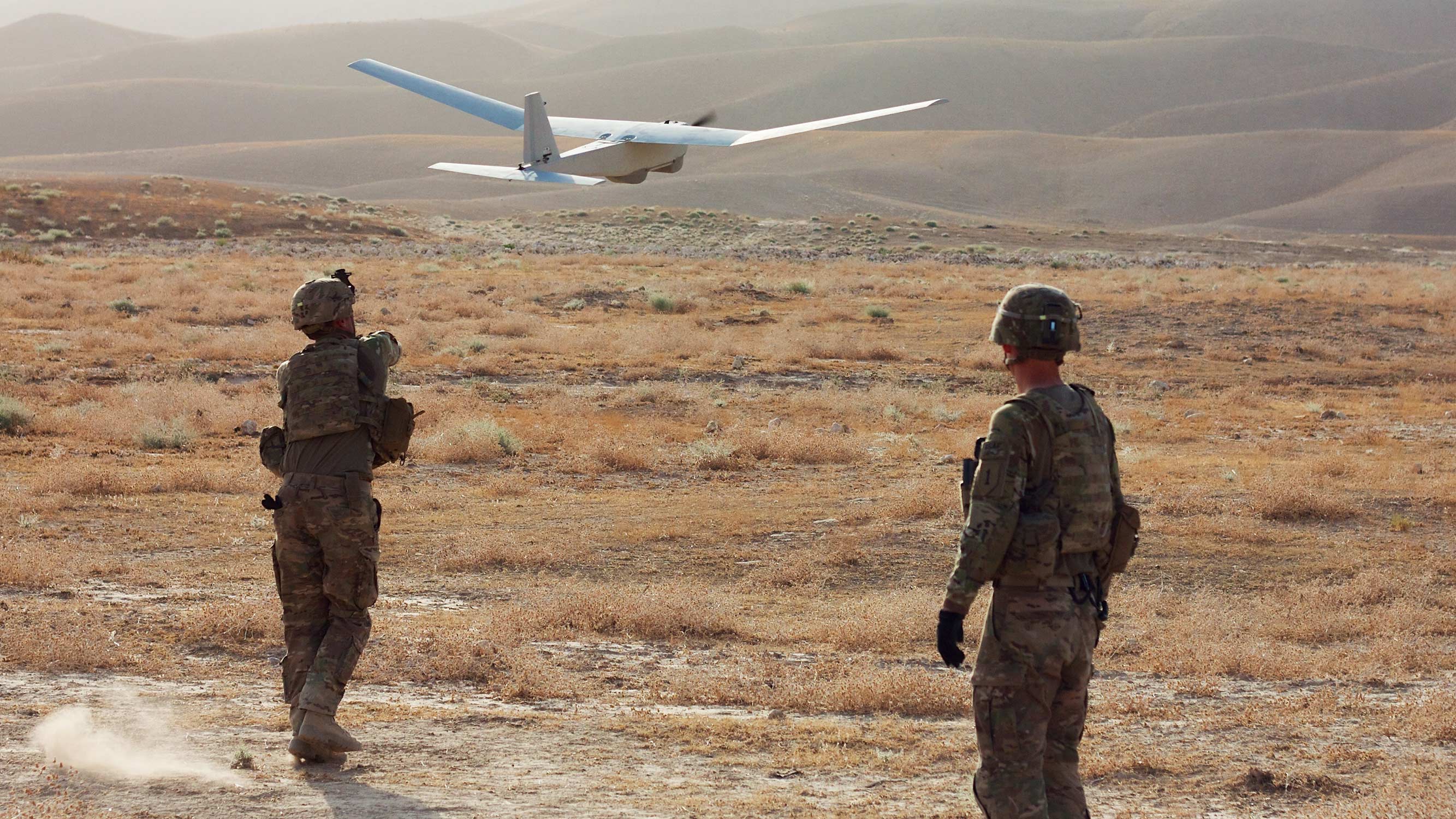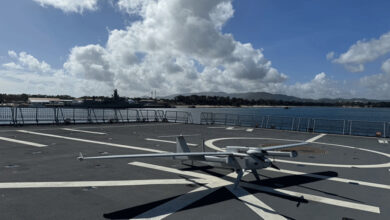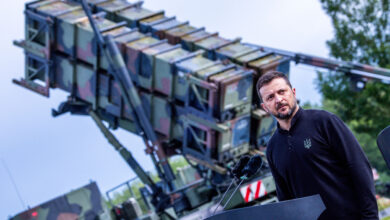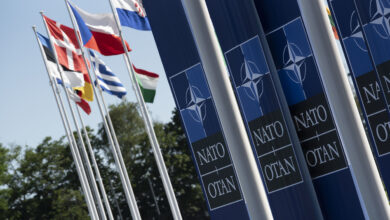AeroVironment has recently been awarded two contracts worth almost $15 million from Estonia and Portugal for small unmanned aircraft systems.
Puma AE for Estonia
In a Friday, September 14 release, the U.S. Department of Defense said that AeroVironment was awarded an $8,868,341 firm-fixed-price contract to provide RQ-20B Puma AE II systems and support to Estonia, with an estimated completion date of March 24, 2019.

The Puma AE (All Environment) is a small unmanned aircraft system designed for land and maritime operations. Its primary mission is surveillance and intelligence gathering. It is equipped with both electro-optical and infrared cameras and an IR illuminator on a 360 degree gimbal mount, while an under-wing transit bay allows for additional payloads including communications relay, and laser marker systems.
The 6.3 kg (14-lb) drone is 1.4 m (4.6 feet) long and has a wingspan of 2.8 m (9.2 feet). A long endurance battery gives the system more than 3 hours endurance and a range of 20 km (12.5 miles). It typically operates at around 500 feet.
The man-portable system comprises three air vehicles and two ground stations and can be launched by hand or by a rail system, and the Puma is capable of landing on water or land.

The Puma uses a precision inertial navigation system complemented by GPS. The ground control station allows manual control and programmable GPS-based autonomous navigation. The company’s UAS use a “Family of Systems” concept, enabling other AeroVironment drones to be flown using the same ground control station and software. The concept easily allow interoperability across NATO forces. The Puma GCS can also be used with Raven and Wasp drones.
Estonia previously procured AeroVironment’s smaller RQ-11B Raven UAS, according to the U.S. Army Acquisition Support Center.

Raven for Portugal
Meanwhile, AeroVironment announced on Thursday, September 13 that it had received a $5,962,494 contract from the NATO Support and Procurement Agency to procure Raven unmanned aerial systems for Portugal’s army.
The fixed-price contract issued on August 20 includes procurement of Raven systems equipped with the Mantis i23 gimbaled sensor suite and pocket Remote Video Terminals (p/RVT), with delivery over three years.
Portugal is the 18th of NATO’s 29 members to adopt AeroVironment drones.

The man-portable system, designated RQ-11B Raven by the U.S. military, comprises three drones and is designed to provide day or night aerial intelligence, surveillance and reconnaissance. The standard configuration includes dual forward and side-looking electro-optical cameras, but it can also be fitted with the gimbal system for 360-degree coverage.
The system’s encrypted digital data link also provides range extension by data relay between two aircraft.
The hand-launched drone is 0.9 m (3 feet) long with a 1.4 m (4.5-foot) wingspan and weighs 1.9 kg (4.2 lbs). It typically operates at up to 500 feet, and has a range of 10 km (6.2 miles) and up to 90 minutes endurance.

According to the U.S. Army Acquisition Support Center, the system has a rucksack-portable design, is operated by two personnel and can be assembled in five minutes. Operators require only 10 days training.
Like the Puma, the ground control station allows manual control and programmable GPS-based autonomous navigation.












